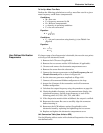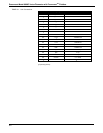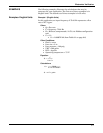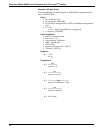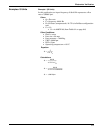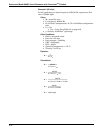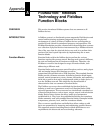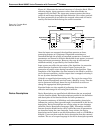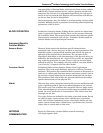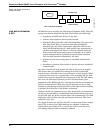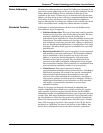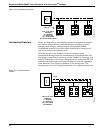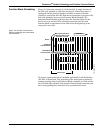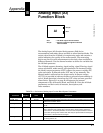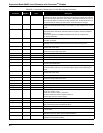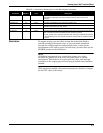
A-3
FOUNDATION
TM
fieldbus Technology and Fieldbus Function Blocks
interoperability of function blocks within devices from various vendors.
Additionally, human interface devices, such as operator consoles and
computers, do not have to be programmed specifically for each type of
device on the bus. Instead their displays and interactions with devices
are driven from the device descriptions.
Device descriptions may also include a set of processing routines called
methods. Methods provide a procedure for accessing and manipulating
parameters within a device.
BLOCK OPERATION In addition to function blocks, fieldbus devices contain two other block
types to support the function blocks. These are the resource block and
the transducer block. The resource block contains the hardware specific
characteristics associated with a device. Transducer blocks couple the
function blocks to local input/output functions.
Instrument-Specific
Function Blocks
Resource Blocks Resource blocks contain the hardware specific characteristics
associated with a device; they have no input or output parameters. The
algorithm within a resource block monitors and controls the general
operation of the physical device hardware. The execution of this
algorithm is dependent on the characteristics of the physical device, as
defined by the manufacturer. As a result of this activity, the algorithm
may cause the generation of events. There is only one resource block
defined for a device. For example, when the mode of a resource block is
“out of service,” it impacts all of the other blocks.
Transducer Blocks Transducer blocks connect function blocks to local input/output
functions. They read sensor hardware and write to effector (actuator)
hardware. This permits the transducer block to execute as frequently as
necessary to obtain good data from sensors and ensure proper writes to
the actuator without burdening the function blocks that use the data.
The transducer block also isolates the function block from the vendor
specific characteristics of the physical I/O.
Alerts When an alert occurs, execution control sends an event notification and
waits a specified period of time for an acknowledgment to be received.
This occurs even if the condition that caused the alert no longer exists.
If the acknowledgment is not received within the pre-specified time-out
period, the event notification is retransmitted. This assures that alert
messages are not lost.
Two types of alerts are defined for the block, events and alarms. Events
are used to report a status change when a block leaves a particular
state, such as when a parameter crosses a threshold. Alarms not only
report a status change when a block leaves a particular state, but also
report when it returns back to that state.
NETWORK
COMMUNICATION
Figure A-2 illustrates a simple fieldbus network consisting
of a single segment (link).



